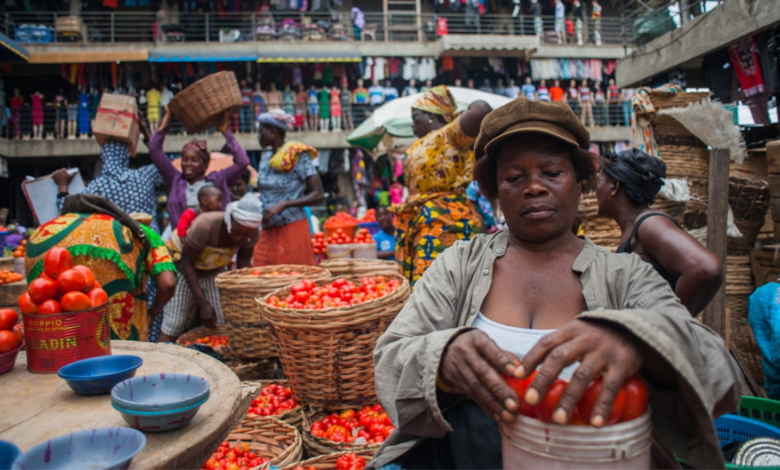Ghana’s Uneven Food Reality: Where You Live Determines What You Eat

In Ghana today, the ability to enjoy three meals a day depends largely on where you call home. While many city dwellers can put food on the table without much worry, countless rural families are still uncertain about their next meal.
As the world observed World Food Day 2025 under the theme “Right to Foods for a Better Life and a Better Future,” new data from the Ghana Statistical Service (GSS) laid bare the country’s widening food divide.
Stark Regional Differences
The Volta Region remains Ghana’s most food-insecure area, with 52 percent of its residents struggling to meet daily food needs by the end of 2024 — a slight rise from 51.5 percent earlier in the year.
By contrast, the Greater Accra Region — buoyed by better infrastructure, access to markets, and higher incomes — recorded the lowest rate of food insecurity, although it too climbed from 20.2 to 29 percent during the same period.
These figures show that where a Ghanaian lives continues to shape their ability to access adequate and nutritious food, despite years of national programmes aimed at improving food production and reducing hunger.
Efforts to Boost Local Production
Over the years, government interventions such as Planting for Food and Jobs (PFJ), One District, One Dam, and the Agricultural Mechanization Service Centres have sought to modernize agriculture and improve productivity.
PFJ, in particular, raised crop yields in its early years especially maize and rice but challenges like erratic rainfall, fertilizer shortages, and poor post-harvest management have since slowed progress.
Likewise, irrigation and mechanization initiatives have been affected by funding gaps, limited maintenance, and the growing impact of climate change.
Ghana’s Costly Food Import Dependence
Despite these efforts, Ghana’s dependence on imported food remains high, with annual imports of rice, wheat, poultry, and processed foods exceeding US$2 billion.
This not only burdens the economy but also exposes the country to global food price swings, as seen during the COVID-19 pandemic and the Russia-Ukraine conflict.
Closing the Gap Between Regions
The gap between Volta’s worsening food situation and Accra’s relative stability underscores a broader challenge: uneven development across regions.
Northern and eastern parts of Ghana including Savannah, Upper East, and Upper West continue to face recurring food shortages tied to weak infrastructure, low access to credit, and climate pressures.
Analysts and farmer groups alike argue that equitable distribution of agricultural investments is essential. Expanding irrigation, supporting smallholder farmers, and improving post-harvest storage can help regions produce more and waste less.
A Wake-Up Call on World Food Day
The release of the GSS data on World Food Day serves as a wake-up call. Food security is not just a statistic, it is a matter of human dignity and national resilience.
Ensuring that every Ghanaian, regardless of location, can enjoy safe and nutritious food will require not only new policies but also the political will to sustain existing ones.
If Ghana is to truly live up to the promise of “Right to Foods for a Better Life and a Better Future,” then no household urban or rural should be left behind in the fight against hunger.




